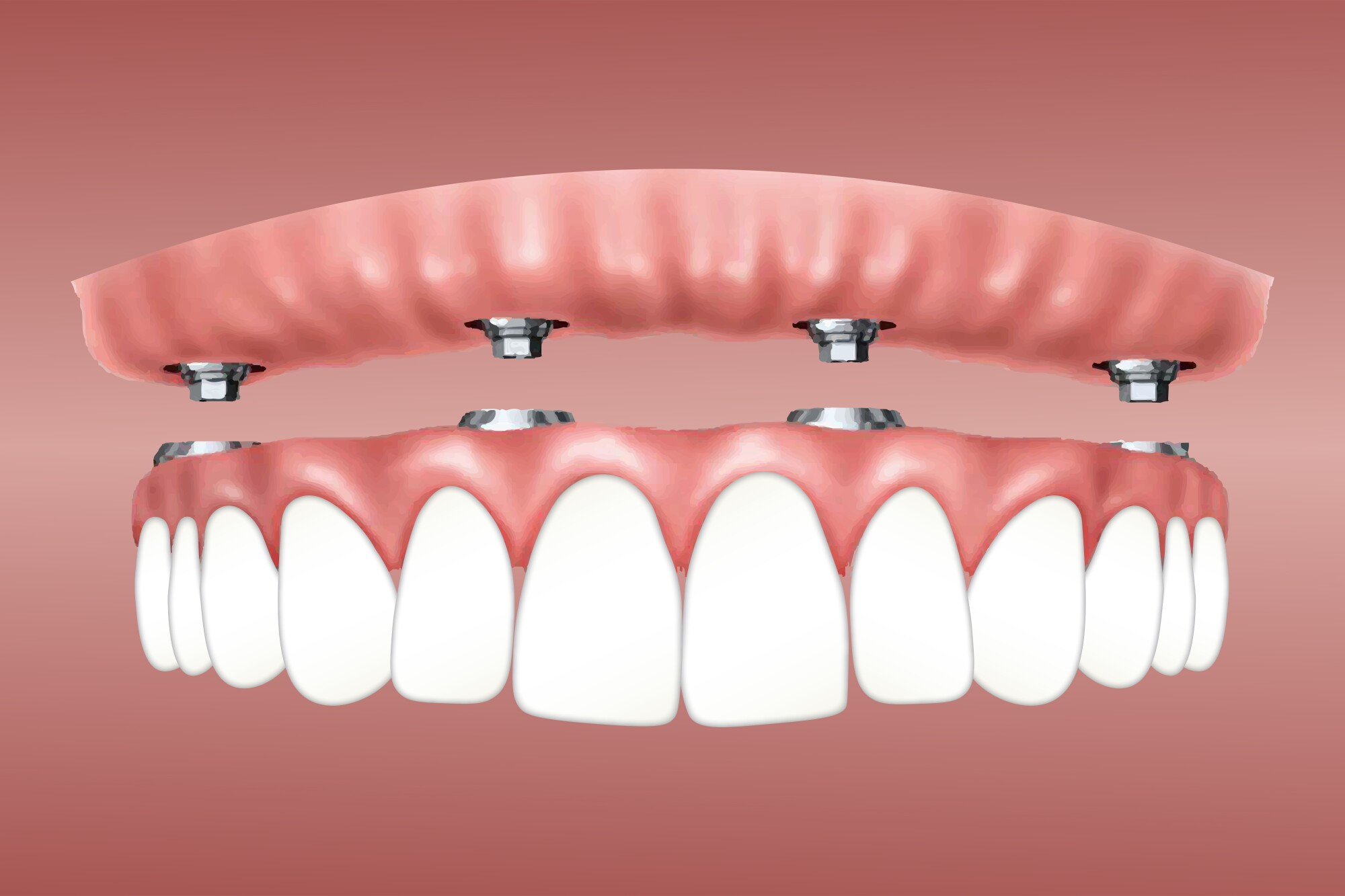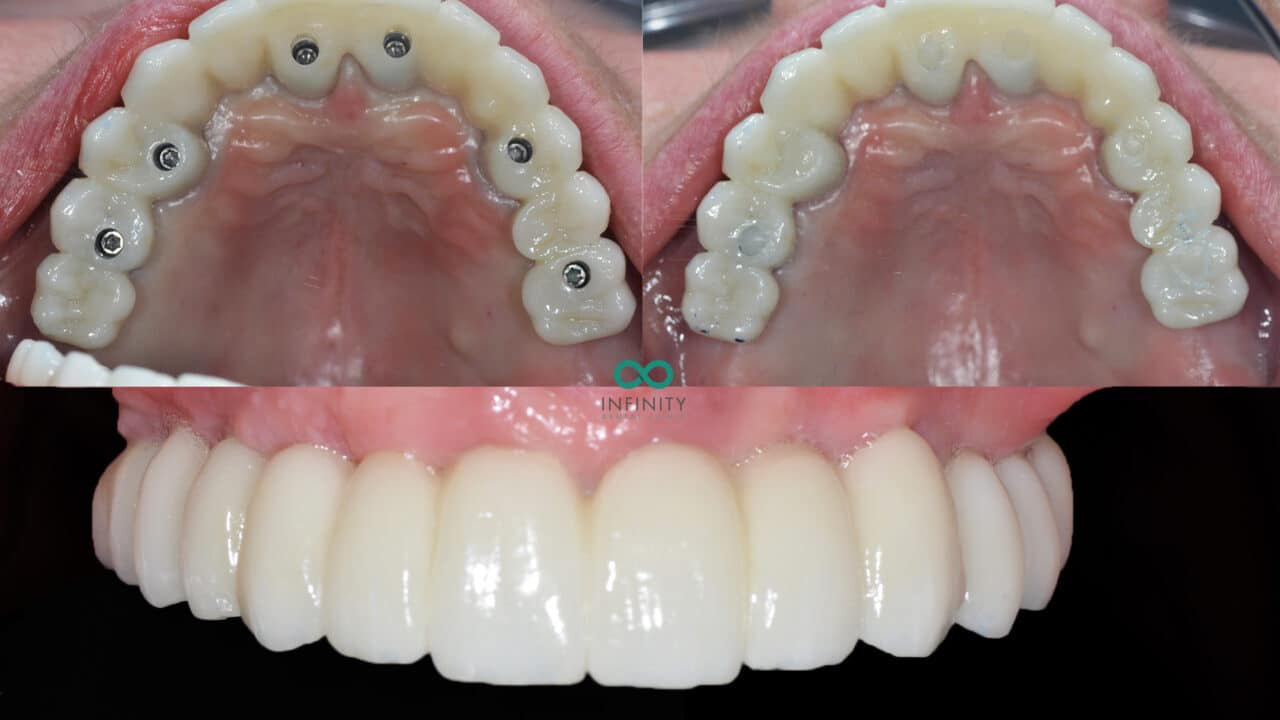Fascination About Dental Sense
Fascination About Dental Sense
Blog Article
Indicators on Dental Sense You Should Know
Table of ContentsThe Ultimate Guide To Dental SenseThings about Dental SenseDental Sense for DummiesNot known Facts About Dental Sense
are medical tools surgically implanted into the jaw to bring back a person's ability to eat or their look. They offer support for man-made (fake) teeth, such as crowns, bridges, or dentures. When a tooth is shed due to injury or disease, a person can experience issues such as fast bone loss, faulty speech, or changes to chewing patterns that cause discomfort.Dental implant systems include a dental implant body and dental implant joint and might also include a joint fixation screw. Wisdom tooth cavity. The dental implant body is operatively placed in the jawbone in area of the tooth's root. The dental implant abutment is normally connected to the dental implant body by the joint addiction screw and expands through periodontals into the mouth to support the attached synthetic teeth
(https://yoomark.com/content/dental-implants-including-endosteal-subperiosteal-and-mini-types-offer-both-stability-and)Framework of The Oral Implant System selecting dental implants, speak to your oral service provider concerning the prospective benefits and threats, and whether you are a prospect for the procedure. Points to think about: Your general health is a crucial element in figuring out whether you are a good candidate for dental implants, for how long it will certainly take to heal, and how much time the dental implant may remain in place.
Smoking cigarettes might impact the recovery procedure and lower the long-lasting success of the implant. The healing procedure for the dental implant body may take numerous months or longer, throughout which time you normally have a temporary joint instead of the tooth. the dental implant treatment: Meticulously follow the dental hygiene directions offered to you by your dental service provider.
More About Dental Sense
Implant failure can lead to the demand for an additional operation to repair or replace the dental implant system. Recovers the ability to eat Brings back aesthetic look Assists keep the jawbone from diminishing as a result of bone loss Maintains the wellness of the surrounding bone and gums Aids keep adjacent (nearby) teeth secure Enhances high quality of life Damages to bordering all-natural teeth during implant positioning Injury to the surrounding tissues during surgical procedure, such as sinus opening Injury throughout surgery (as an example, crack of surrounding jawbone) Inadequate feature, such as really feeling like the teeth do not attack together usually A feeling that the tooth is loose or twisting in position arising from an abutment screw loosening up Implant body failure (looseness of the dental implant body) as a result of systemic infection, which may be much more most likely in clients with uncontrolled diabetics issues because of neighborhood infection in bone and gum tissues sustaining the dental implant body because of delayed recovery, which may be extra most likely in patients that smoke Difficulty cleansing the gum tissues around the implant, causing bad dental health Untreated gum condition Post-surgical feeling numb because of nerve impingement or damages Always alert healthcare suppliers and imaging technicians that you have dental implants prior to any magnetic vibration imaging (MRI) or x-ray procedures.
FDA is not knowledgeable about any unfavorable occasions reported for MRI or x-ray treatments with dental implants. Dental implants systems are commonly made of materials that follow international agreement standards of the International Organization for Standardization (ISO) or ASTM International. These criteria have details of what makes a secure material.

An oral implant is a framework that changes a missing tooth. With screw-like devices, the cosmetic surgeon inserts a dental implant right into the jawbone, and it acts as a support for a fabricated tooth, called a crown.
Indicators on Dental Sense You Should Know
Some individuals are not eligible for oral implant surgical procedure. It is for dental specialists to operate individuals with: intense illnessuncontrollable metabolic diseasebone or soft tissue illness or infectionIf these concerns are fixed, an individual can have the surgery. In, oral cosmetic surgeons refrain from operating people with: If people with any one of the above go through oral implant surgical treatment, there is a higher threat of the dental implant stopping working.

Oral implant surgical procedure is a tailored process. It's not the same for everyone. The adhering to provides a basic summary of what you can anticipate your dental practitioner, oral cosmetic surgeon, periodontist or prosthodontist to do: Place the dental implant operatively. Give you best site time to heal. Affix the article and final crown, bridge or denture.
Next off, your doctor will meticulously put the oral implant right into your jaw. If your dental implant is near the front of your mouth, your dental professional will certainly make a momentary tooth for you to put on up until you recover.
Dental Sense Things To Know Before You Buy
Your supplier can tell you what to expect in your scenario. Throughout the healing phase, your jawbone must fuse to the dental implant. This process, called osseointegration, is critical for stability and long-lasting success. This process can take anywhere from 3 to 9 months. In some cases, it may take much longer.
When your dental implant heals, your dental practitioner can connect the abutment (small adapter message) and your final repair (crown, bridge or denture). This typically takes regarding one hour to finish and might call for a second small surgery. You shouldn't really feel any pain during your dental implant treatment due to the fact that your company will use drug to numb your gum tissues.
Report this page